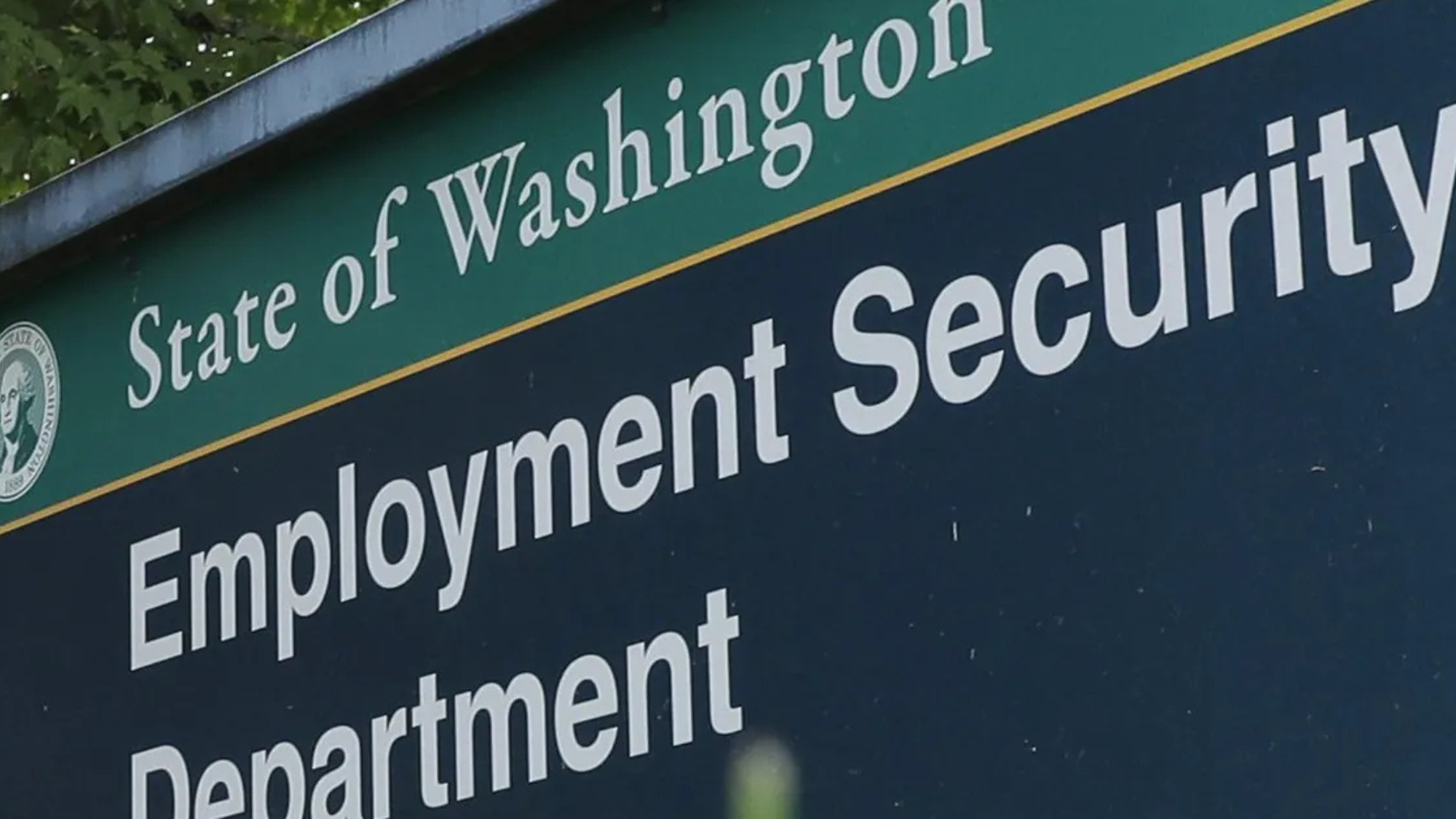
Three quarters into 2025, layoff announcements from Microsoft and Amazon are no longer headline news but a regular occurrence. Their impact now extends beyond the tech sector, straining small businesses, housing demand, and the stability of Washington’s unemployment insurance (UI) trust fund.
Seattle’s Tech Dependence: According to the Wall Street Journal, nearly 40% of the region’s tech workforce is employed by Amazon and Microsoft. By comparison, Alphabet and Meta account for only 15% of tech jobs in San Francisco. This 25-point gap explains the outsized impact in Seattle, where restaurants, rideshare drivers, and landlords are already feeling the downturn.
UI Usage Rising: At the UI Advisory Committee’s August meeting, the Employment Security Department (ESD) reported a notable shift in program usage. Before COVID, the recipiency rate was 27%. By 2023—well after pandemic layoffs had ended—the recipiency rate had climbed to 37%, with more claimants exhausting benefits than in prior years. The rise extends beyond tech: construction, manufacturing, and wholesale industries are also showing increases, likely tied to housing market stagnation, AI disruption, and cuts in management roles.
Cost Implications Ahead: Since 2023, Washington’s UI recipiency rate has exceeded the national average, and the gap widened by nearly 40% between 2024 and 2025. If the trend continues, ESD forecasts that a solvency tax could be triggered as soon as mid-2026, imposing new costs on all employers.
For business owners and policymakers, the message is clear: Seattle’s tech-driven layoffs are reshaping the local economy and placing new pressure on the state’s UI system.

